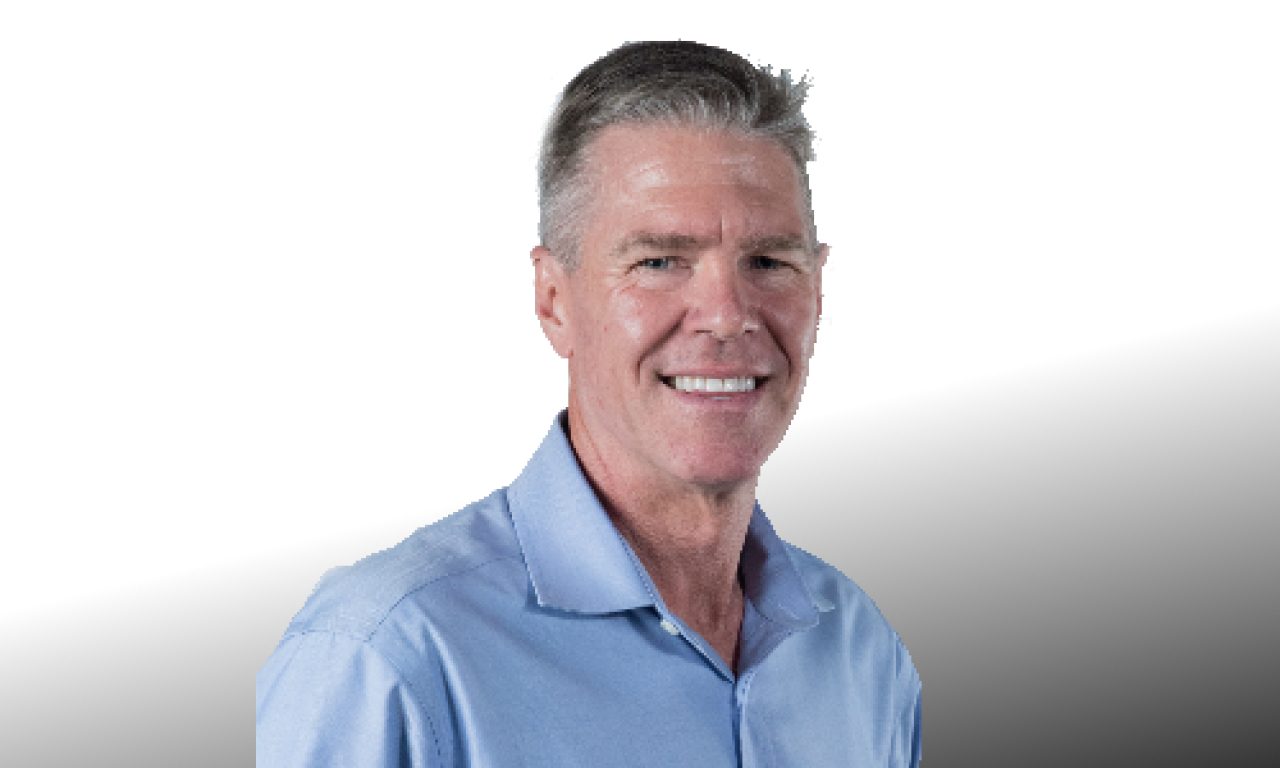Australia, like the rest of the developed world, is on the verge of the largest intergenerational wealth transfer in history. It’s estimated more than $3 trillion will change hands over the next 10 to 20 years as the Baby Boomer generation pass on their wealth to others.
Baby Boomers equal 25 per cent of population but own 50 per cent of the nation’s private wealth.
All transfers of assets create risks and opportunities for wealth management firms.
Very often wealth transference is associated with advice transference, a phenomenon highlighted by a recent EY global research project.
EY found around 50 per cent of clients who recently received a large wealth transfer, or expect to soon, have moved assets to a new provider in the past three years. The number is smaller in Australia with only 13 per cent of those surveyed changing advisers.
However 40 per cent were planning to change advisers in the next three years, the biggest planned shift of advice in western world.
The scale of the current and imminent wealth ‘mega-transfer’ from Baby Boomers to their heirs raises the commercial stakes significantly for wealth managers.
One issue that has not received the attention it deserves is the pervasiveness of digital technology/mobile communications in the lives of the inheriting generation.
More than 50 per cent of all banking is now done on mobile devices and the trend is rapidly accelerating. Almost 90 per cent of Millennials check their smartphone within the first 15 minutes of waking. EY found that the percentage of clients expecting to use fintech solutions will increase from 38 per cent today to 45 per cent in the next three years. The increasing digitisation of wealth management activities and the rise of self-service offerings have made customers more empowered and willing to switch providers or shift assets for value.
The rapid growth of digital offerings in the US gives a hint at what is likely to follow in other advanced economies.
Robo advice now accounts for US$750 billion in the US and US$950 billion worldwide, according to research organisation Statista, with the latter figure predicted to rise rapidly to US$2.5 trillion globally by 2023.
The nascent trend to the digitisation of wealth management has great significance for the current cohort of traditional ‘face to face’ wealth advisers.
Global consulting firm Accenture recently observed traditional wealth managers that “miss the next generation’s expectations of wealth service providers run the risk of losing assets at an accelerating rate.”
So how can traditional wealth management firms transition into the digital age?
The quickest and most efficient way for a wealth manager to develop a digital offering is to form a strategic partnership with a specialist digital wealth company.
This collaboration will not only fill knowledge gaps, it will also bring the technology and skills required for success in the digital environment.
A specialist digital wealth company will also be able to guide the wealth manager on a go-to-market strategy and help develop a roadmap of feature releases that will grow the customer value proposition.
In Australia, successful wealth management organisations of the future are likely to offer a full suite of options for their customers: from bespoke, face to face advice, to a range of digitally enabled platforms that can be operated on any mobile device. A third and likely increasingly popular option will be a mix of both, often referred to as the ‘hybrid solution’.
The unavoidable implication for those in the wealth management industry, and those who are contemplating entering it in Australia during this period of the ‘big bank retreat’, is, having a digital offering in the advice mix will be a core requirement.
Given that platforms for digital interactions are strategic and take time to fully scope, deploy and become mainstream within a wealth business, the unavoidable imperative is: now is the time to start building one.
Why wait for assets to start walking out the door?
Graeme Brant is Quantifeed head of strategic relationships, Australian and New Zealand.

